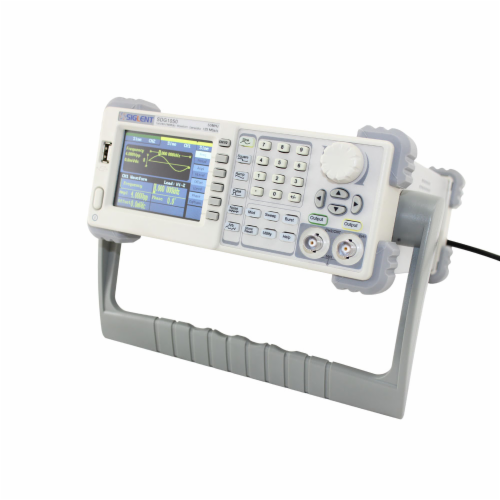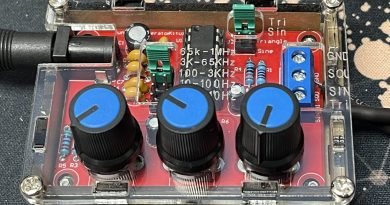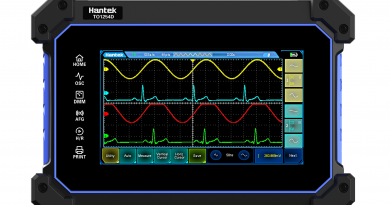SIGNAL GENERATORS EXPLAINED
Have you ever wondered what exactly a signal generator does, or the what makes an arbitrary waveform generator different than a function generator? If so then this brief overview will help you to understand what makes these (test) signal devices tick. Signal generators create electrical impulses and are used to test, troubleshoot, and repair electronic and acoustic devices alike.
There are a number of types of signal generators that function in slightly different ways — no single signal device is suited for every device and testing situation. The two categories of signal generators are function generators and arbitrary waveform generators, or AWGs.
Function Generators
Function generators, which produce repeating sine waves, are simpler in design than waveform generators. Commonly used to design and repair electronic equipment, function generators measure the output signal by sending signals to test a specific circuit that is connected to an oscilloscope. Function generators come in myriad models and types which make them suitable for testing many kinds of electronic appliances.
Waveform Generators
Waveform generators are slightly different than function generators: waveform generators produce a number of waveforms including sine, square, ramp, triangle, noise, and pulse waveforms and some models feature additional built-in waveforms such as exponential rise and fall times, sinx/x, and cardiac. Waveform generators are typically more expensive than function generators due to their expanded capabilities, accuracy, and precise performance .
Waveform generators, like most signal generators, often have attenuators, means of modulating output waveforms, and can automatically and repeatedly sweep the output waveform’s frequency, using a voltage-controlled oscillator, between two limits determined by the user, making it quite easy to evaluate an electronic circuit’s frequency response. Some waveform generators display a graph of the waveform on-screen, known as a graph mode, and others combine properties of waveform generators and digital pattern generators by outputting a pattern of words on a multiple-bit connector, thus simulating data transmission.
DDS-based arbitrary waveform generators enable one to operate multiple channels with precision-controlled phase offsets or ratio-related frequencies, which allows one to generate polyphase sine waves, I-Q constellations, or simulation of geared mechanical system signals (e.g. jet engines) as well as generating complex channel-to-channel modulations.

